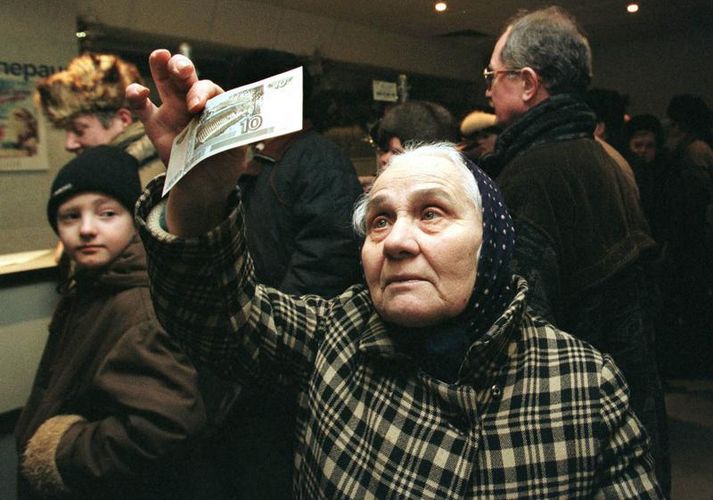
Divyang Shah
IFR Senior Strategist
The Russian central bank intends to stick to its plans for a free float at the start of next year but sees FX intervention as possible even under the new regime.
It was only on Jan 13 that the CBR announced that it will no longer conduct targeted FX interventions.
These targeted interventions were designed to limit the RUB’s slide and we had suspected that this shift would create a bias for the currency to weaken.
The focus on EM turmoil has seen the RUB weakness accelerate, forcing the CB to pledge “unlimited” intervention on Thursday in an attempt to inject stability to the currency. (See story below)
While the dirty float is back, the CBR is not giving up on its plans for an eventual free float.
Ultimately, this will likely require monetary policy to be tighter.
Shifting the focus to an inflation target and making this credible will require the CBR to hike its policy rate at a time when growth is expected to slow.
As the CBRT, RBI and SARB have all shown, there are no easy options in the current environment where investors are willing to punish those CBs unwilling to shift monetary gears from accommodative to neutral/tight.
——————————————————-
Russian central bank says will defend rouble in global selloff
(Reuters) - Russia’s central bank pledged on Thursday to launch unlimited foreign exchange interventions if the rouble’s exchange rate hits the edge of its target corridor, a response to the worldwide emerging market selloff.
At the same time, Governor Elvira Nabiullina stood by her declared goal of shifting to a free float by 2015, while seeking to clarify to skittish markets exactly how the Bank of Russia’s complex forex market operations actually work.
“We intend to observe these declared deadlines of increasing the (flexibility) of the exchange rate this year,” said Nabiullina, a former economy minister and aide to President Vladimir Putin who took charge at the bank last year.
The rouble has been swept up in a selloff across emerging markets triggered by the further withdrawal of U.S. monetary stimulus and signs that China’s economy, the world’s second largest, has come off the boil.
That turbulence has hit just as Russia seeks to pull off a delicate policy shift away from its traditional focus on managing the exchange rate and towards more Western-style inflation targeting.
Following a 5 percent slide in the rouble already this year, Economy Minister Alexei Ulyukayev - a former central banker - has called for a delay to the transition.
Nabiullina was reiterating the central bank’s line that its currency interventions do not seek to defend absolute levels, but rather to smooth out volatility.
That strategy would continue even after the shift to what she called “modified” inflation targeting. “No country in the world has a policy of pure inflation targeting,” she told reporters.
“In our monetary and credit policy we do not intend to forsake interventions completely. We do intend to continue them to support financial stability,” she told reporters, adding: “We will of course scale back interventions - this is a declared policy goal and we will stick to it.”
UNLIMITED INTERVENTIONS
The central bank’s foreign reserves fell to $497 billion in the latest week from $510 billion at the start of the year, the central bank also said, indicating it has significant firepower to back its interventions. (Full Story)
Analysts in Moscow said the central bank’s statements were targeted at international forex players who may not be familiar with the finer points of its exchange-rate policy.
“We always understood it exactly this way. It is mostly for broader agents in the FX market to curb this panic, just to make sure that they know (the central bank) will intervene without limit when it is needed,” said Daria Isakova at VTB Capital in Moscow.
In an earlier statement, the central bank said interventions would be “unlimited in volumes until the point when the value of the dual currency basket returns to the operational range”.
When the rouble trades inside the corridor, the central bank can spend up to $400 million per day in interventions. It automatically shifts the corridor by 5 kopecks when an allotment of $350 million is exhausted.
The central bank said earlier it had shifted the corridor by an unprecedented 25 kopecks, to 33.95 to 40.95 to the basket, indicating that interventions topped $1.75 billion on Wednesday as the rouble strayed outside the range.
The verbal interventions helped the Russian currency recover to trade inside the range at 40.50 to the basket in late Moscow trading.
